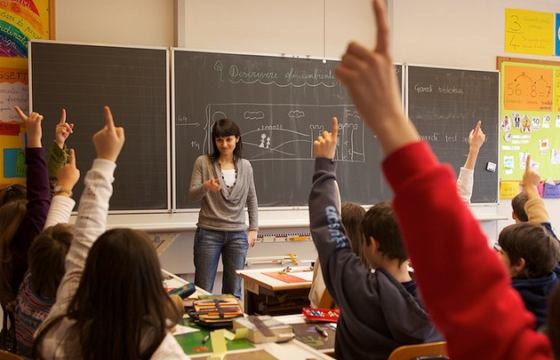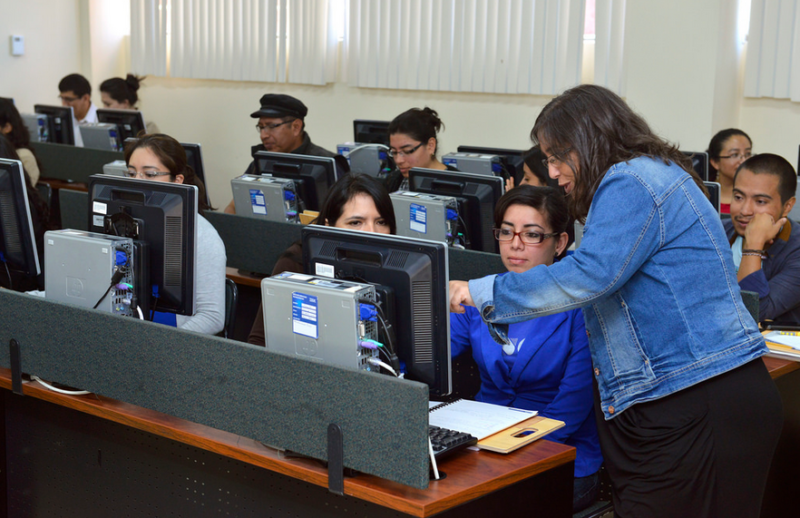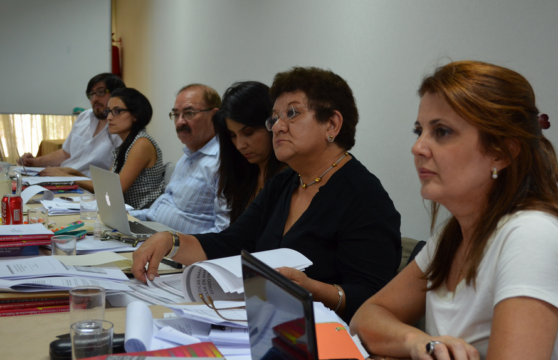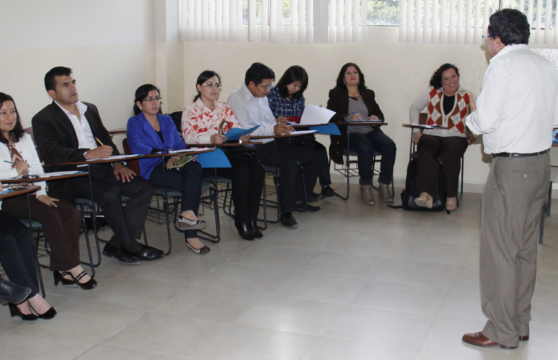
Producing High-Quality Teachers
Teaching is crucial to high-quality education, yet there is little agreement on how to produce high-quality teachers
Preparing students for the 21st century requires the use of ICTs and technology in schools. In contrast to students who grew up in the 20th century, young people today require a different set of skills in order to thrive in the global information-age and technology driven society. Technological literacy is essential to success. But technology has effects that transcend the benefits of simple mastery and everyday use – it can also have profound impacts on the way students learn.
In Latin America – and the rest of the world – there is growing pressure for technology to transform education systems, and to make education more equitable. A 2014 report produced by SITEAL titled, ICT Policies in Education Systems in Latin America focuses on how to best integrate ICTs and technology in education systems in Latin America. This policy brief will analyze the report’s fifth chapter, “ICTs and Teacher Training: Initial Training and Professional Development."
The report suggests that inadequate teacher training is the most significant barrier to the full implementation of ICTs in the classroom. The report begins with a general panorama of the education technology environment in Latin America, and then discusses the main tensions, challenges, and tendencies observed for the incorporation of teacher and management ICT training. It ends with a set of recommendations and draws on the critical importance of successful implementation of ICTs in the classroom in order to improve learning.
ICTs have not been sufficiently prioritized in Latin America. The evidence presented in the report suggests that technologies are underutilized in the region, especially in the classroom. Though there are many reasons contributing to this trend, the most significant is that teachers lack effective training on the use of ICTs for educational purposes. In other words, teachers entering the workforce are not adequately prepared to use ICTs as resources to teach and improve student learning.
Teaching is crucial to high-quality education, yet there is little agreement on how to produce high-quality teachers
Principals play a key role in student achievement, teacher engagement, and the overall success of schools
An examination of the OECD Teaching and Learning International Survey results.
 UTPL / CC BY-NC-SA 2.0
UTPL / CC BY-NC-SA 2.0

